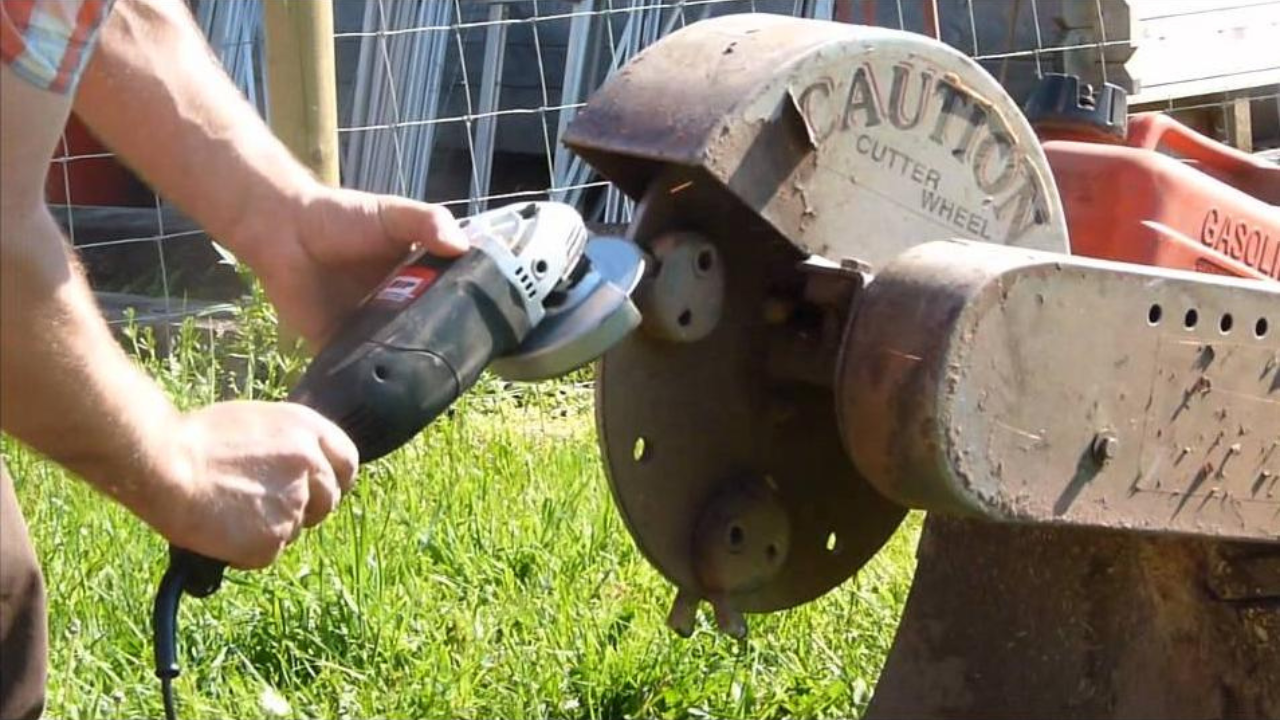Stump grinders operate as powerful equipment that transforms tree stumps into small wood chips through their grinding process. The core components of stump grinder machines are stump grinder teeth that endure intense pressure alongside heat and wear during their operation against tough materials, including wood rocks and soil. High-quality stump grinder teeth and vermeer yellow jacket teeth achieve extended service life through hot die-forging manufacturing processes.
What Is Hot Die Forging?
Manufacturers in the industry are familiar with the hot die forging process, this represents a metal shaping technique that requires heating metal beyond 1,100°C or 2,000°F before applying intense pressure to form it into pre-designed dies. The metal grain structure becomes refined through this process while its mechanical properties improve and defects that would weaken the product are eliminated.
Applications of Hot Die Forging
The use of the hot die forging has many applications that can improve the performance of the worn parts. Here are details of these applications:
Refined Grain Structure for Superior Strength
Hot die forging uses high heat and pressure to compress the metal while shaping it which results in the material grains aligning with the force direction. The denser metal structure becomes stronger because it contains fewer internal weaknesses that could lead to stump grinder tooth fractures or premature wear.
Increased Hardness and Wear Resistance
The combination of intense heat and pressure used in forging creates superior hardness levels in stump grinder teeth. The teeth demonstrate enhanced resistance to abrasion, chipping and cracking during their operation on hard materials such as roots, soil and rocks. The teeth's durability extends because of high hardness which minimizes replacement requirements.
Enhanced Impact Resistance
The high-impact operating environment of stump grinders becomes most challenging when the machine encounters tough or embedded objects. The shock-absorbing characteristics of forged teeth enable them to endure powerful impacts, which prevents them from breaking or cracking. The strength of forged teeth helps decrease equipment downtime and operational expenses.
Better Bonding with Tungsten Carbide Tips
Stump grinder teeth with steel bodies incorporate tungsten carbide tips, which are brazed onto them to boost their cutting capabilities. Hot die forging creates better bonding surfaces on steel, which results in improved attachment between steel and carbide tips. The strong connection between the steel body and carbide tip stops the tip from separating, which frequently occurs with teeth.
The Advantages of Using Hot Die Forged Stump Grinder Teeth
Hot die forging provides multiple benefits compared to casting and machining through its manufacturing process.
- Hot die forging produces teeth that endure longer, thus minimizing the need for replacements and their associated expenses.
- Hot die forging improves the texture of steel to generate efficient cutting action along with enhanced tool durability.
- Hot die forged teeth reduce maintenance expenses because they resist wear and impact better.
- Reliable performance will cause less risk of sudden failures during operation.
Conclusion
Hot die forging represents an advanced production technique that substantially advances endurance along with the strength and operational capabilities of stump grinder teeth. People know that the manufacturing process of hot die forged teeth results in improved strength and resistance to impact damage, which enables the teeth to endure severe grinding applications.


